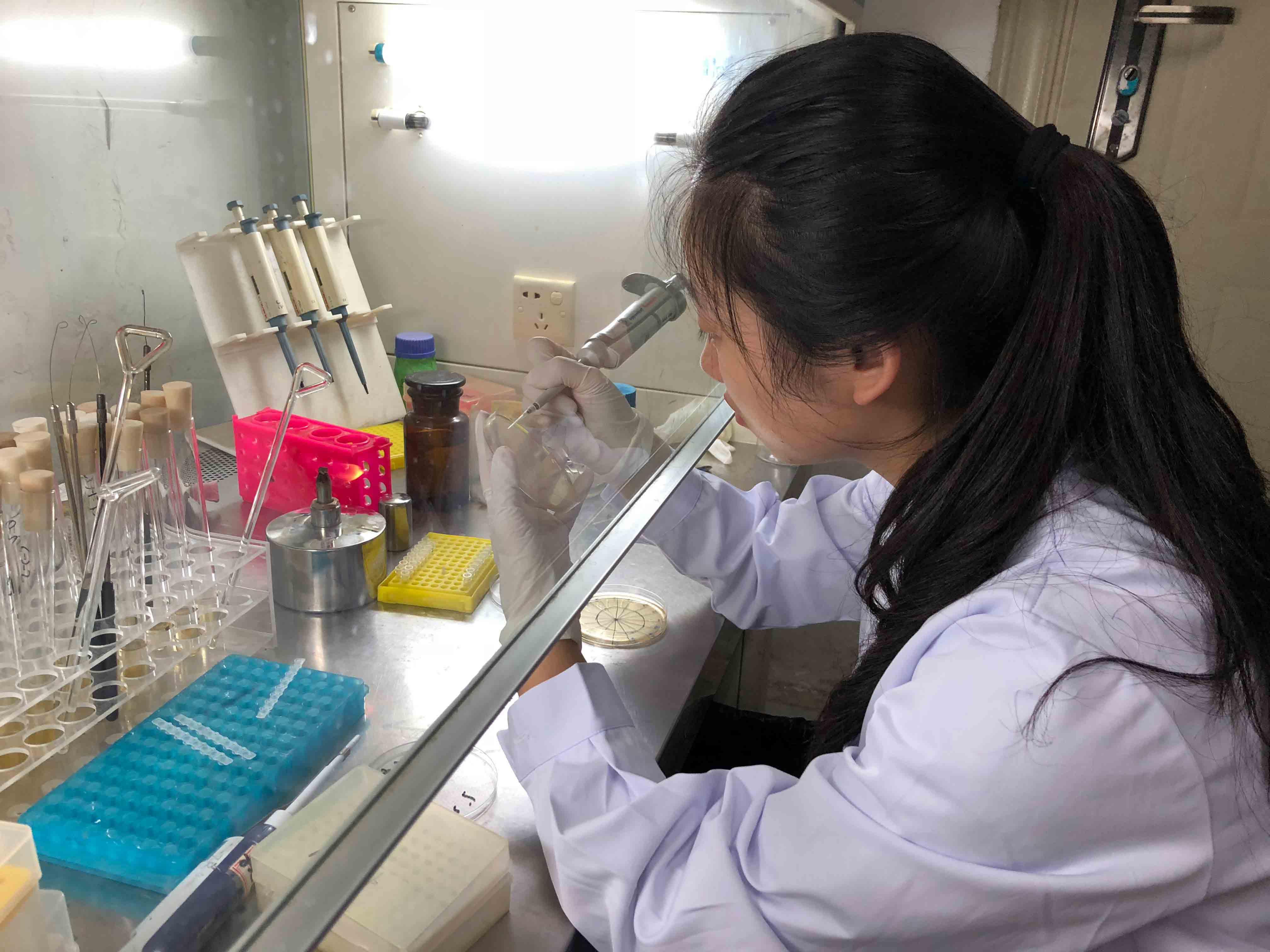heading
Safety
WorldShaper-Wuhan members are dedicated to follow strict guidelines and regulations on safety. This principle is carried out by our team member as well as our advisors and instructors. We, as a team, understood the potential consequences of poor safety regulations and therefore aim to operate under a thorough and comprehensive guideline.

Lab Rule
- Every member, when operating in Lab, must wear gloves and wear them in the right way to avoid cross contamination.
- Proper experimenting attire such as gaggles, close toed shoes, long pants and aprons are required.
- Electric equipment should be turned off when not using to avoid fire hazard
- No food nor drink in allowed in the laboratory
- No horseplay
- Phones and laptops should be stored in a safe location to prevent contamination when dealing with bacteria.
- Waste should be properly handled and materials safely stored in the corresponding conditions.
- All of our team member has been trained in related lab procedure and lab safety to minimize the chance of accident and ensure the safety of the lab. The content of the training includes but not limited to molecular biology, lab procedure, lab techniques, operation of equipment, Lab regulation, personal safety and common solution to possible emergency situations. It is with these steps that we try to ensure the safety of our member and other around us.[1]
Safety Precautions
All the experiments were performed under the supervision of instructors. The most commonly used dye electrophoresis is Ethidium Bromide, which is also known to be highly toxic as a mutagen[2]. Even though its potential effect on causing cancer has yet been attested [2], the dye is still replaced by GoldView, which is non-carcinogenic [3] and as sensitive [4]as EB.
Lab Rules of Wuhan University
The Lab Safety Regulations addressed problems involved with accidents, bio-safety, and chemical storage, while accidents are classified into extraneous accidents for example earth quakes and flood, and experimental accidents such as spills and injuries.
The regulations states that all the activities in the lab should should follow the guidelines strictly and report any accident as soon as possible.
The chemicals utilized in the lab should be reported and granted permission before purchases. All the reports and request should be sent to corresponding government institutions, and the chemicals should be stored with respect to their properties. Every one of those exposed to the chemicals should have received professional training and careful supervisions, and the amount of chemical used should be controlled that chemicals are not wasted.
As for the bio-safety aspect, the labs are compartmentalized and constructed with respect to bio-safety levels that the experiment conducted in the lab is arranged with respect to its safety level. The lab has to be examined regularly to eliminate risks and to ensure the lab is functioning well.
The Chassis
We use DH5 alpha E. coli. as our chassis. It is a Escherichia coli k-12, a strain of E within risk group 1[5]. Hence, the risk involved by the chassis is at the lost level if all the lab rules are followed.
Ethics
Animal tissues were not involved in the experiment for ethical considerations. To test the efficacy of the biomarker without involving any animal or human tissues, the test is carried out by using florescence and models. The further development of the technique would involve testing on human and animal tissues to examine the efficacy of the biomarker on renal cancer diagnosis and treatments. This would require the consent of ethics committee in hospital to authorize the utility of tissues from renal cancer patients.
Laws
The laws on genetic modification in China can be divided into two categories. The first category [6] is on genetic modified organisms applies to:
- plant seeds, farm animals, aquacultural organisms, and microorganisms;
- Products made from genetically modified organisms;
- Processed genetically modified agricultural products;
- Products containing ingredients from genetically modified plants, animals and microorganisms as well as seeds, live stocks, aquacultural fingerlings, pesticides and herbicides, veterinary medicine, fertilizer, and additives etc.
The law aims to ensure safety involved by genetically modified organisms, where risks and harm on human, plants and animals, microorganisms, and environment are reduced.
Since our experiment is focused on using genetically modified organism for medical uses, the experiment is not against the law.
The second category is on medical use of cells[7]. Since our experiment does not involve any usage of cell samples, the experiments is legal.
References
- https://2017.igem.org/Team:Worldshaper-Wuhan/Safety
- https://ehs.research.uiowa.edu/ethidium-bromide
- https://www.genebiosystems.com/gel-electrophoresis/124-goldviewtm-gel-stain.html
- https://jackwongs.en.made-in-china.com/product/bMmEIahxmpVG/China-Goldview-Nucleic-Acid-Stain-An-Alternative-To-EB-.html
- https://2014.igem.org/Safety/Risk_Group_Guide
- http://www.moa.gov.cn/ztzl/zjyqwgz/zcfg/201007/t20100717_1601306.htm
- http://samr.cfda.gov.cn/WS01/CL1790/220083.html

